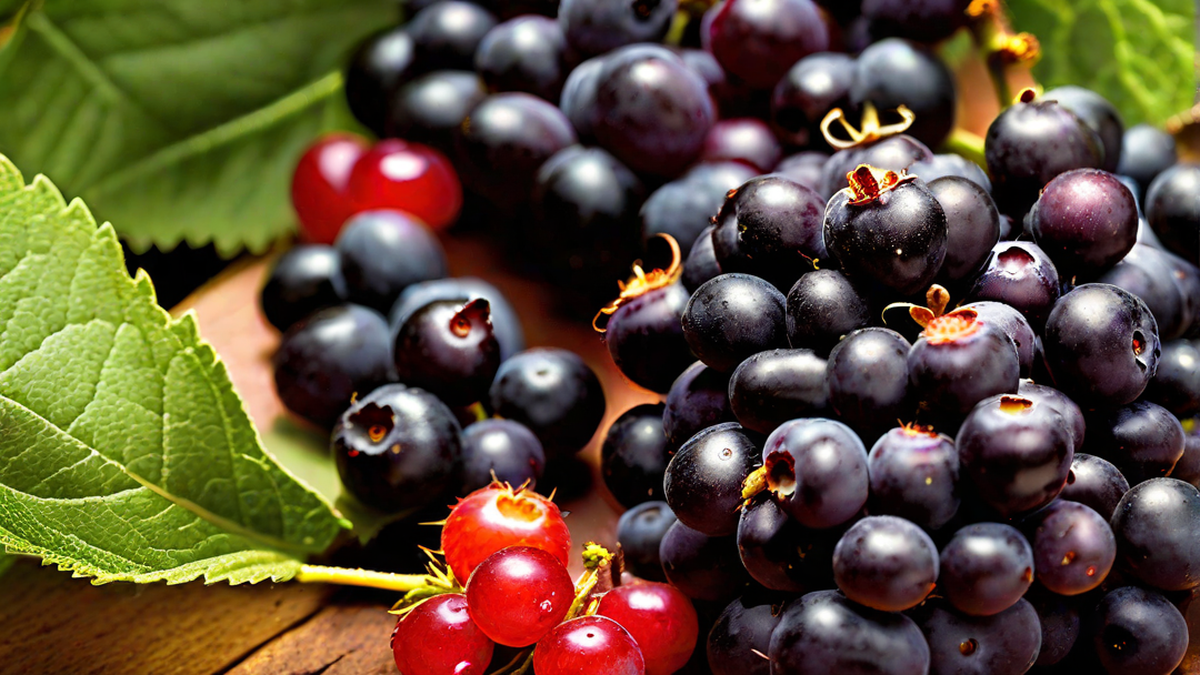Making your own blackberry wine at home is a delightful and satisfying alternative. Not only does it embrace the delectable and tart tastes of blackberries, but it also gives you the opportunity to display your ingenuity and distinctive style. As a devoted wine lover, I have dabbled in crafting blackberry wine myself and I am thrilled to impart my personal formula and advice with you.
Gathering the Ingredients
Before diving into the winemaking process, it’s important to gather all the necessary ingredients. Here’s what you’ll need:
- 5 pounds of fresh blackberries
- 2 pounds of granulated sugar
- 1 campden tablet
- 1 teaspoon of yeast nutrient
- 1 package of wine yeast (preferably a red wine yeast strain)
- Water
Sanitizing Equipment
Properly sanitizing your equipment is crucial to prevent any unwanted bacteria from interfering with the fermentation process. Make sure to thoroughly clean and sanitize all equipment, including fermentation vessels, airlocks, and any utensils you’ll be using.
The Winemaking Process
1. Start by crushing the blackberries using a potato masher or a blender. The goal is to release the juice and break down the fruit.
2. Transfer the crushed blackberries to a fermentation vessel, preferably a glass carboy or a food-grade plastic bucket.
3. Dissolve the sugar in a separate container of warm water, creating a sugar syrup. Once dissolved, add the sugar syrup to the blackberries in the fermentation vessel.
4. Crush the campden tablet and add it to the fermentation vessel. The campden tablet helps kill any wild yeast or bacteria present on the fruit.
5. Sprinkle the yeast nutrient over the blackberry mixture. The yeast nutrient provides essential nutrients for the yeast to thrive during fermentation.
6. Activate the wine yeast by following the instructions on the package. Once activated, add the yeast to the fermentation vessel.
7. Seal the fermentation vessel with an airlock to allow carbon dioxide to escape while preventing oxygen from entering. Store the vessel in a cool, dark place with a temperature around 70-75°F.
8. Allow the mixture to ferment for about 7-10 days, gently stirring it once or twice a day. As fermentation progresses, you’ll notice the sweet aroma of blackberries filling the air.
9. Once fermentation has slowed down, it’s time to transfer the wine to a secondary fermentation vessel to separate it from any sediment. This can be achieved by siphoning the wine using a sanitized siphoning tube.
10. Replace the airlock and let the wine continue to ferment in the secondary vessel for another 2-3 weeks. During this time, the flavors will develop further, and any remaining sediment will settle at the bottom.
11. After the secondary fermentation, it’s time to bottle the wine. Make sure to use sanitized bottles and corks or caps to ensure the wine stays fresh.
Adding Personal Touches
Now that you have the basic recipe down, you can add your personal touches to make your blackberry wine truly unique. Here are a few ideas:
- Experiment with different types of blackberries to see how they affect the flavor of the wine. Some varieties may be sweeter or more tart, adding complexity to the final product.
- Consider adding spices such as cinnamon or cloves to the fermentation vessel to infuse the wine with additional flavors.
- If you prefer a sweeter wine, you can adjust the amount of sugar added during the fermentation process.
Conclusion
Making blackberry wine at home is a delightful and rewarding experience that allows you to showcase your creativity and passion for wine. With a few simple ingredients and some patience, you can create a delicious homemade wine that will impress your friends and family. So, grab those fresh blackberries and start your winemaking journey today!
